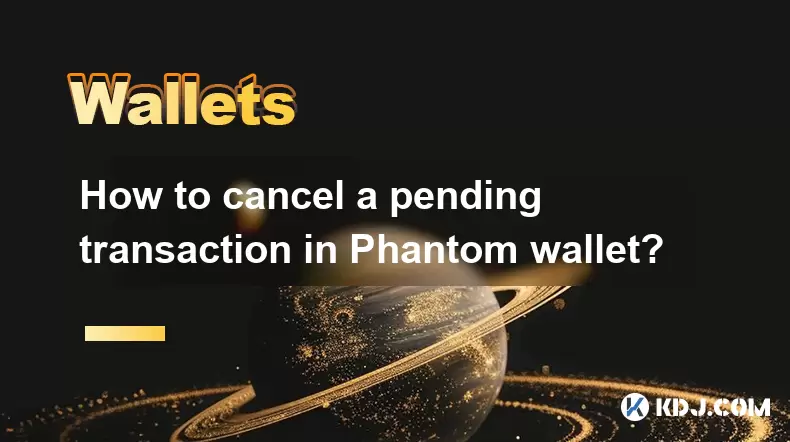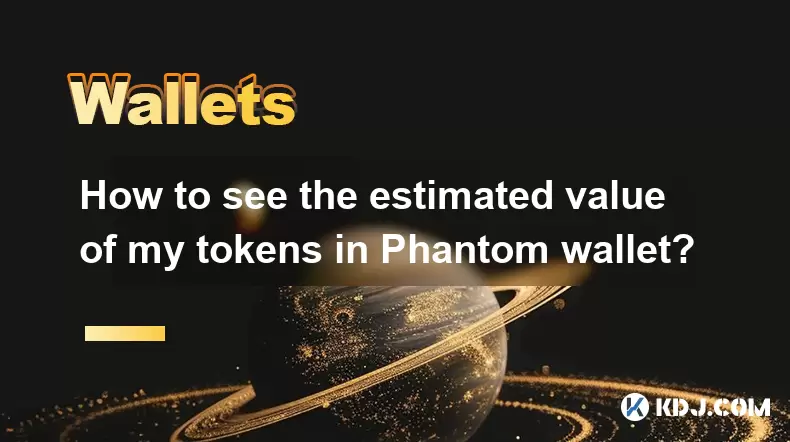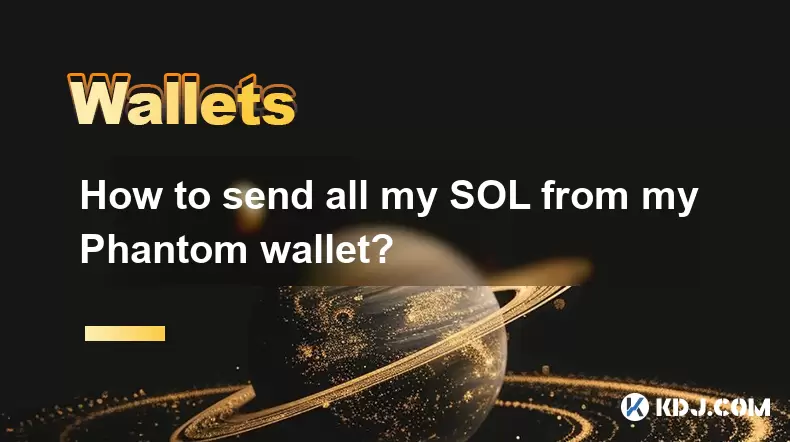-
 Bitcoin
Bitcoin $108,942.7945
0.84% -
 Ethereum
Ethereum $2,550.7975
1.99% -
 Tether USDt
Tether USDt $1.0003
-0.01% -
 XRP
XRP $2.2677
2.56% -
 BNB
BNB $663.1560
1.60% -
 Solana
Solana $152.7411
4.14% -
 USDC
USDC $1.0000
0.01% -
 TRON
TRON $0.2850
0.53% -
 Dogecoin
Dogecoin $0.1708
4.85% -
 Cardano
Cardano $0.5859
2.07% -
 Hyperliquid
Hyperliquid $39.5171
1.44% -
 Sui
Sui $2.9185
1.44% -
 Bitcoin Cash
Bitcoin Cash $496.1863
2.78% -
 Chainlink
Chainlink $13.4483
2.80% -
 UNUS SED LEO
UNUS SED LEO $9.0293
0.06% -
 Avalanche
Avalanche $18.2223
2.50% -
 Stellar
Stellar $0.2448
3.59% -
 Toncoin
Toncoin $2.9214
6.33% -
 Shiba Inu
Shiba Inu $0.0...01181
3.34% -
 Hedera
Hedera $0.1581
2.45% -
 Litecoin
Litecoin $87.8205
1.67% -
 Monero
Monero $318.3990
1.63% -
 Polkadot
Polkadot $3.3992
2.04% -
 Dai
Dai $0.9999
0.00% -
 Ethena USDe
Ethena USDe $1.0001
-0.02% -
 Bitget Token
Bitget Token $4.4137
0.72% -
 Uniswap
Uniswap $7.4148
7.24% -
 Pepe
Pepe $0.0...01002
3.94% -
 Aave
Aave $276.7555
3.24% -
 Pi
Pi $0.4612
0.27%
How to enable two-factor authentication (2FA) in a Binance wallet?
Binance offers Google Authenticator, SMS, and email 2FA; Google Authenticator is most secure, but backup codes are crucial. Regularly review and update your 2FA settings for optimal account protection.
Mar 21, 2025 at 06:56 pm

Key Points:
- Binance offers several 2FA methods for enhanced security.
- Enabling 2FA significantly reduces the risk of unauthorized access.
- The process varies slightly depending on the chosen 2FA method (Google Authenticator, SMS, Email).
- Understanding each method's strengths and weaknesses is crucial for optimal security.
- Regularly reviewing and updating your 2FA settings is recommended.
How to Enable Two-Factor Authentication (2FA) in a Binance Wallet?
Binance prioritizes user security, and enabling two-factor authentication (2FA) is a crucial step in protecting your cryptocurrency holdings. 2FA adds an extra layer of security, requiring a second verification method beyond your password. This makes it significantly harder for unauthorized individuals to access your account, even if they obtain your password. Binance offers several 2FA options to suit your preferences.
Enabling Google Authenticator 2FA:
This is generally considered the most secure method. Google Authenticator generates a time-sensitive code that you need to enter alongside your password to log in.
- Step 1: Navigate to your Binance account settings.
- Step 2: Locate the "Security" section.
- Step 3: Select "Google Authenticator" and click "Enable."
- Step 4: Scan the QR code displayed using your Google Authenticator app.
- Step 5: Enter the six-digit code generated by the authenticator app.
- Step 6: Confirm the setup. Remember to save your backup codes provided by Binance. These are crucial if you lose access to your authenticator app.
Enabling SMS 2FA:
This method sends a verification code to your registered mobile phone number. While convenient, it's considered less secure than Google Authenticator because of the potential for SIM swapping attacks.
- Step 1: Go to your Binance account settings.
- Step 2: Navigate to the "Security" section.
- Step 3: Select "SMS" and click "Enable."
- Step 4: Enter your mobile phone number.
- Step 5: Binance will send a verification code; enter it to complete the setup.
Enabling Email 2FA:
Similar to SMS, this method sends a verification code to your registered email address. Like SMS, it's less secure than Google Authenticator but offers a backup option.
- Step 1: Access your Binance account settings.
- Step 2: Find the "Security" section.
- Step 3: Select "Email" and click "Enable."
- Step 4: Binance will send a verification code to your registered email; enter it to complete the process.
Understanding the Differences and Choosing the Right Method:
Google Authenticator offers the strongest security due to its time-sensitive codes and reliance on a separate, secure app. However, losing access to your authenticator app can be problematic without backup codes. SMS and email are convenient but vulnerable to SIM swapping and email phishing attempts. Ideally, use Google Authenticator as your primary 2FA method and consider SMS or email as a secondary backup.
Managing and Updating Your 2FA Settings:
Regularly review your 2FA settings. Ensure your phone number and email address are up-to-date. If you change devices or lose access to your Google Authenticator app, immediately follow Binance's instructions to disable and re-enable 2FA. Remember to always keep your backup codes in a safe, offline location.
Frequently Asked Questions:
Q: What happens if I lose access to my Google Authenticator app?
A: Binance provides backup codes when you initially set up Google Authenticator. Use these codes to regain access. If you've lost your backup codes, contact Binance support immediately for assistance. They may have procedures to recover your account.
Q: Is SMS 2FA as secure as Google Authenticator?
A: No, SMS 2FA is less secure than Google Authenticator because of the vulnerability to SIM swapping attacks, where a malicious actor takes control of your phone number.
Q: Can I use multiple 2FA methods simultaneously?
A: While Binance allows you to enable multiple 2FA methods, using only one is usually sufficient. It's advisable to use Google Authenticator as your primary method and a secondary method (SMS or Email) as a backup.
Q: What should I do if I suspect unauthorized access to my Binance account?
A: Immediately change your password, disable all 2FA methods, and contact Binance support. Report the suspected unauthorized access to help them investigate and prevent further compromise.
Q: How often should I review my 2FA settings?
A: It's recommended to review your 2FA settings at least once every three months, or whenever you change devices or suspect a security breach. Regular checks help ensure your account remains secure.
Q: Are there any fees associated with enabling 2FA on Binance?
A: No, enabling 2FA on Binance is a free service provided to enhance the security of your account and protect your assets.
Disclaimer:info@kdj.com
The information provided is not trading advice. kdj.com does not assume any responsibility for any investments made based on the information provided in this article. Cryptocurrencies are highly volatile and it is highly recommended that you invest with caution after thorough research!
If you believe that the content used on this website infringes your copyright, please contact us immediately (info@kdj.com) and we will delete it promptly.
- Litecoin Breakout Watch: What Traders Need to Know Now
- 2025-07-06 16:50:13
- Bitcoin, Solana, Ethereum: Decoding the Latest Buzz on the Blockchain
- 2025-07-06 16:50:13
- Widnes Resident's 50p Could Be Your Ticket to Easy Street: Rare Coin Mania!
- 2025-07-06 16:55:13
- Bitcoin, Solaris Presale, and Token Rewards: What's the Buzz?
- 2025-07-06 16:55:13
- Ethereum Under Pressure: Price Drop Amid Global Uncertainties
- 2025-07-06 17:00:13
- XRP, SEC Case, and Prosperity: A New Era for XRP Holders?
- 2025-07-06 17:10:13
Related knowledge

How to cancel a pending transaction in Phantom wallet?
Jul 03,2025 at 07:21pm
Understanding Pending Transactions in Phantom WalletA pending transaction in the Phantom wallet occurs when a user initiates a transfer or interaction with the Solana blockchain, but it hasn't yet been confirmed by the network. This can happen due to various reasons such as low transaction fees, network congestion, or incorrect gas settings. It's import...

How to see the estimated value of my tokens in Phantom wallet?
Jul 04,2025 at 12:21am
What is Phantom Wallet?Phantom wallet is one of the most popular cryptocurrency wallets designed for the Solana blockchain. It allows users to store, send, receive, and manage various tokens built on Solana, including SPL tokens and NFTs. The wallet offers a user-friendly interface, making it accessible for both beginners and advanced users in the crypt...

How to lock my Phantom wallet extension?
Jul 03,2025 at 11:14am
What Is the Phantom Wallet and Why Lock It?The Phantom wallet is a popular non-custodial cryptocurrency wallet designed for interacting with the Solana blockchain. Supporting both browser extensions and mobile apps, Phantom allows users to store, send, receive, and stake SOL tokens, as well as interact with decentralized applications (dApps). Securing y...

Does Phantom wallet offer two-factor authentication (2FA)?
Jul 03,2025 at 09:00am
Understanding Phantom Wallet and Its Security FeaturesPhantom wallet is a widely used non-custodial cryptocurrency wallet that supports the Solana blockchain. It allows users to store, send, receive, and interact with decentralized applications (dApps) seamlessly. As security is a top priority for any crypto wallet user, security features like two-facto...

How to send all my SOL from my Phantom wallet?
Jul 06,2025 at 10:00am
Preparing to Send SOL from Your Phantom WalletBefore initiating any transaction, it is crucial to ensure that your Phantom wallet is fully set up and connected to the correct network. Phantom supports multiple networks, but for sending SOL, you must be on the Solana blockchain. Confirm this by checking the network indicator in the top-right corner of th...

What is "rent" on Solana and how does it affect my Phantom wallet?
Jul 02,2025 at 08:35pm
Understanding 'Rent' on SolanaIn the context of Solana, the term 'rent' refers to a storage fee that users pay for maintaining data on the blockchain. Unlike Ethereum, where storage costs are paid once via gas fees during contract deployment, Solana implements a recurring cost model to ensure efficient usage of network resources. This means that any acc...

How to cancel a pending transaction in Phantom wallet?
Jul 03,2025 at 07:21pm
Understanding Pending Transactions in Phantom WalletA pending transaction in the Phantom wallet occurs when a user initiates a transfer or interaction with the Solana blockchain, but it hasn't yet been confirmed by the network. This can happen due to various reasons such as low transaction fees, network congestion, or incorrect gas settings. It's import...

How to see the estimated value of my tokens in Phantom wallet?
Jul 04,2025 at 12:21am
What is Phantom Wallet?Phantom wallet is one of the most popular cryptocurrency wallets designed for the Solana blockchain. It allows users to store, send, receive, and manage various tokens built on Solana, including SPL tokens and NFTs. The wallet offers a user-friendly interface, making it accessible for both beginners and advanced users in the crypt...

How to lock my Phantom wallet extension?
Jul 03,2025 at 11:14am
What Is the Phantom Wallet and Why Lock It?The Phantom wallet is a popular non-custodial cryptocurrency wallet designed for interacting with the Solana blockchain. Supporting both browser extensions and mobile apps, Phantom allows users to store, send, receive, and stake SOL tokens, as well as interact with decentralized applications (dApps). Securing y...

Does Phantom wallet offer two-factor authentication (2FA)?
Jul 03,2025 at 09:00am
Understanding Phantom Wallet and Its Security FeaturesPhantom wallet is a widely used non-custodial cryptocurrency wallet that supports the Solana blockchain. It allows users to store, send, receive, and interact with decentralized applications (dApps) seamlessly. As security is a top priority for any crypto wallet user, security features like two-facto...

How to send all my SOL from my Phantom wallet?
Jul 06,2025 at 10:00am
Preparing to Send SOL from Your Phantom WalletBefore initiating any transaction, it is crucial to ensure that your Phantom wallet is fully set up and connected to the correct network. Phantom supports multiple networks, but for sending SOL, you must be on the Solana blockchain. Confirm this by checking the network indicator in the top-right corner of th...

What is "rent" on Solana and how does it affect my Phantom wallet?
Jul 02,2025 at 08:35pm
Understanding 'Rent' on SolanaIn the context of Solana, the term 'rent' refers to a storage fee that users pay for maintaining data on the blockchain. Unlike Ethereum, where storage costs are paid once via gas fees during contract deployment, Solana implements a recurring cost model to ensure efficient usage of network resources. This means that any acc...
See all articles

























































































